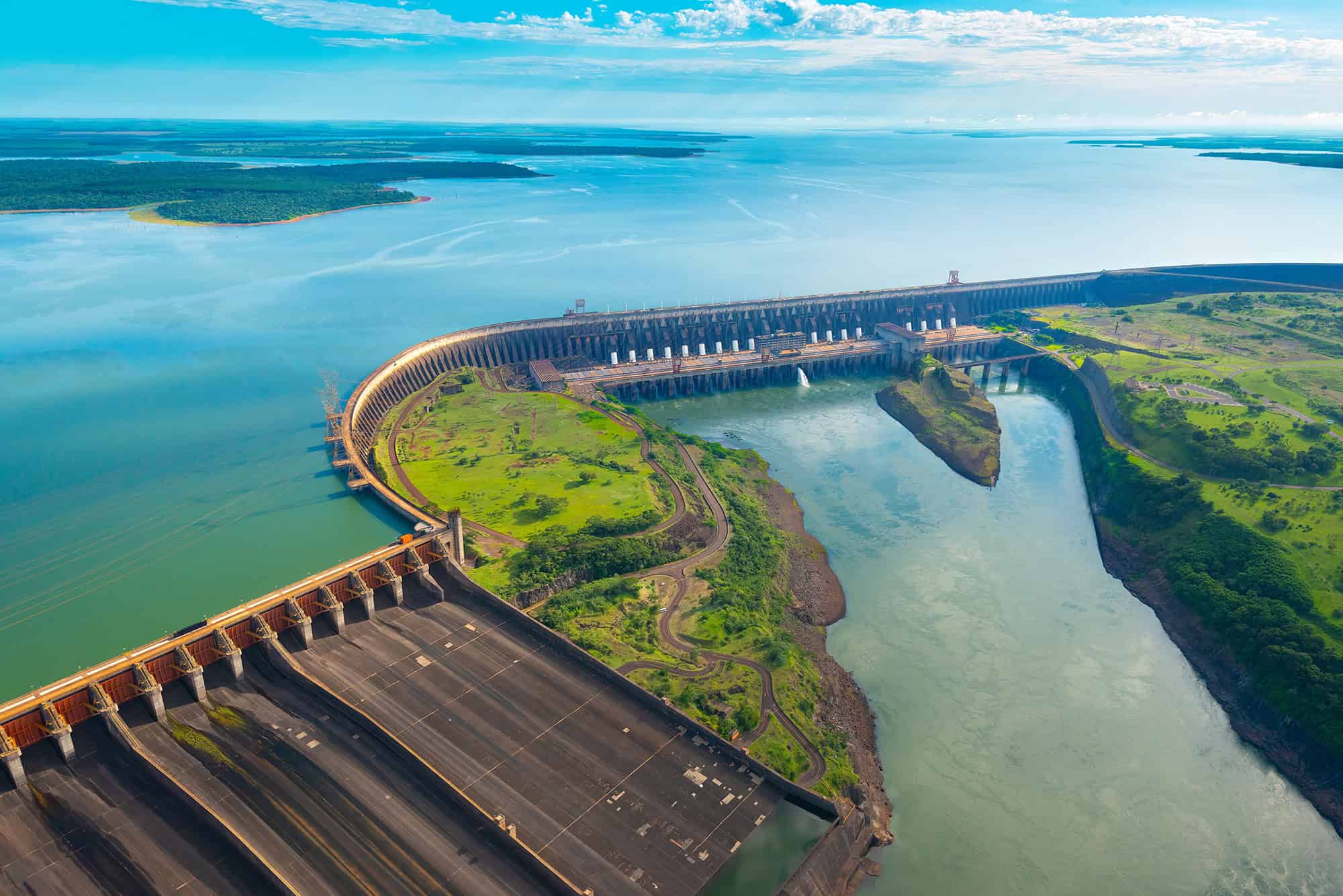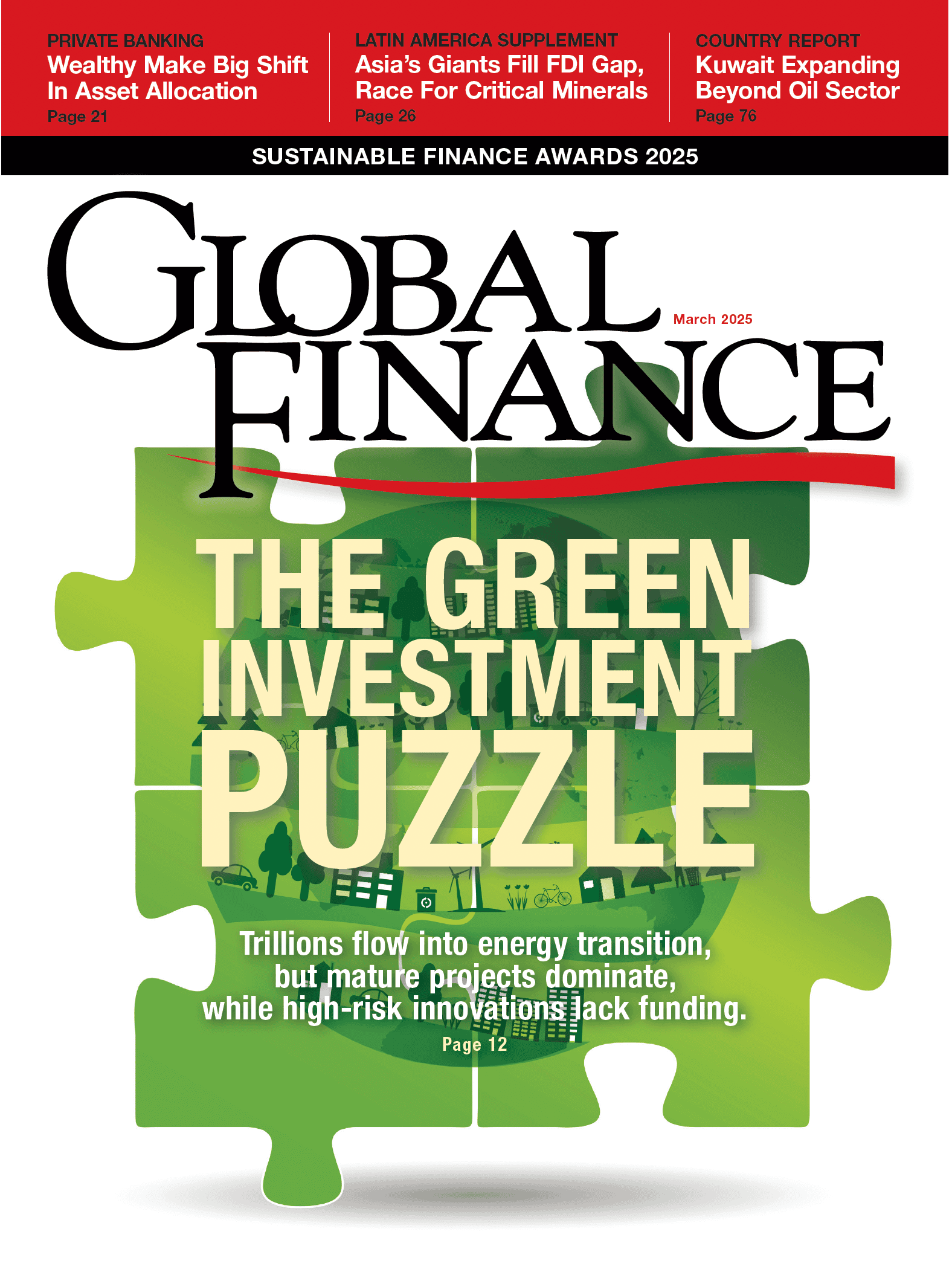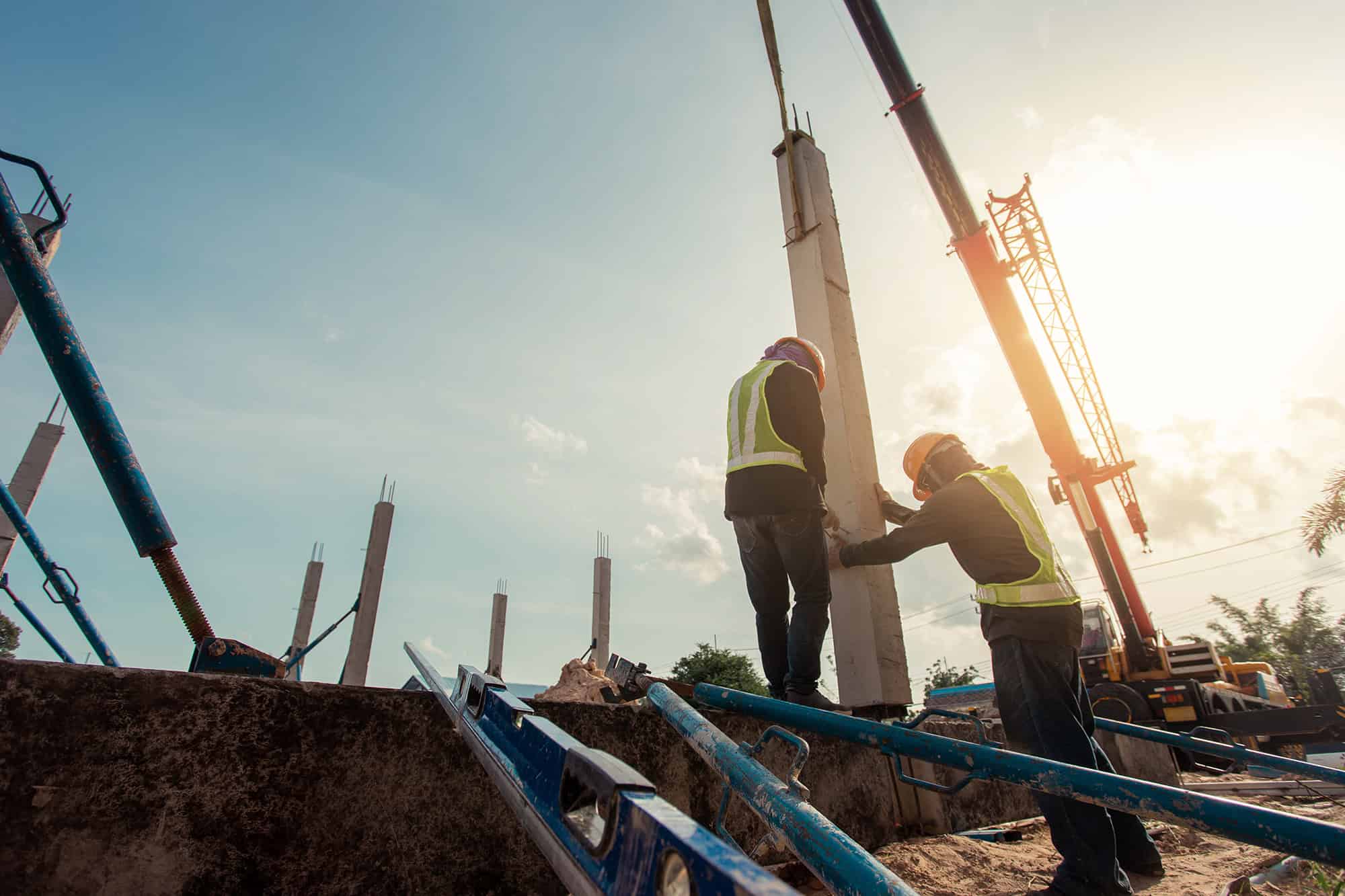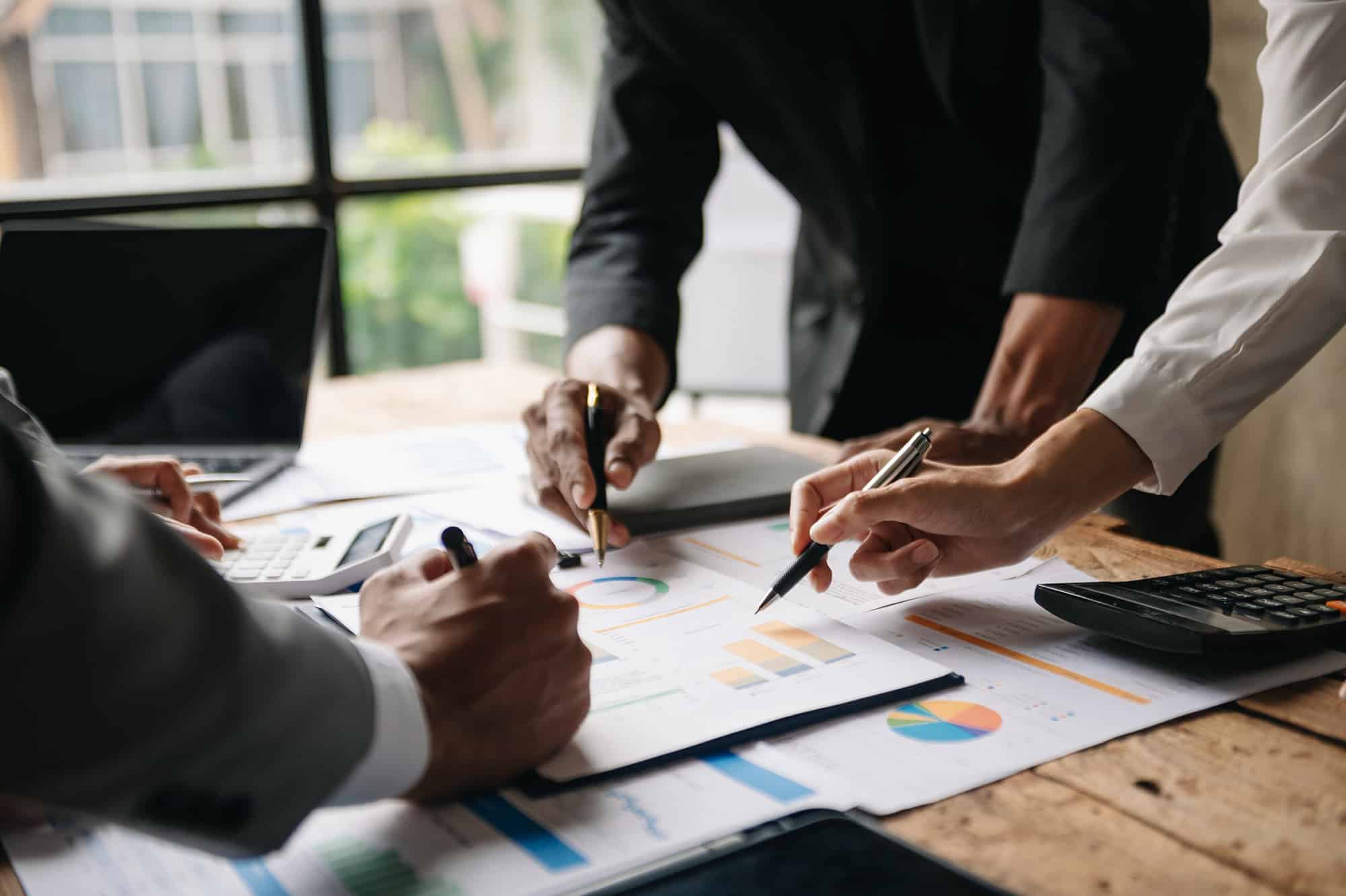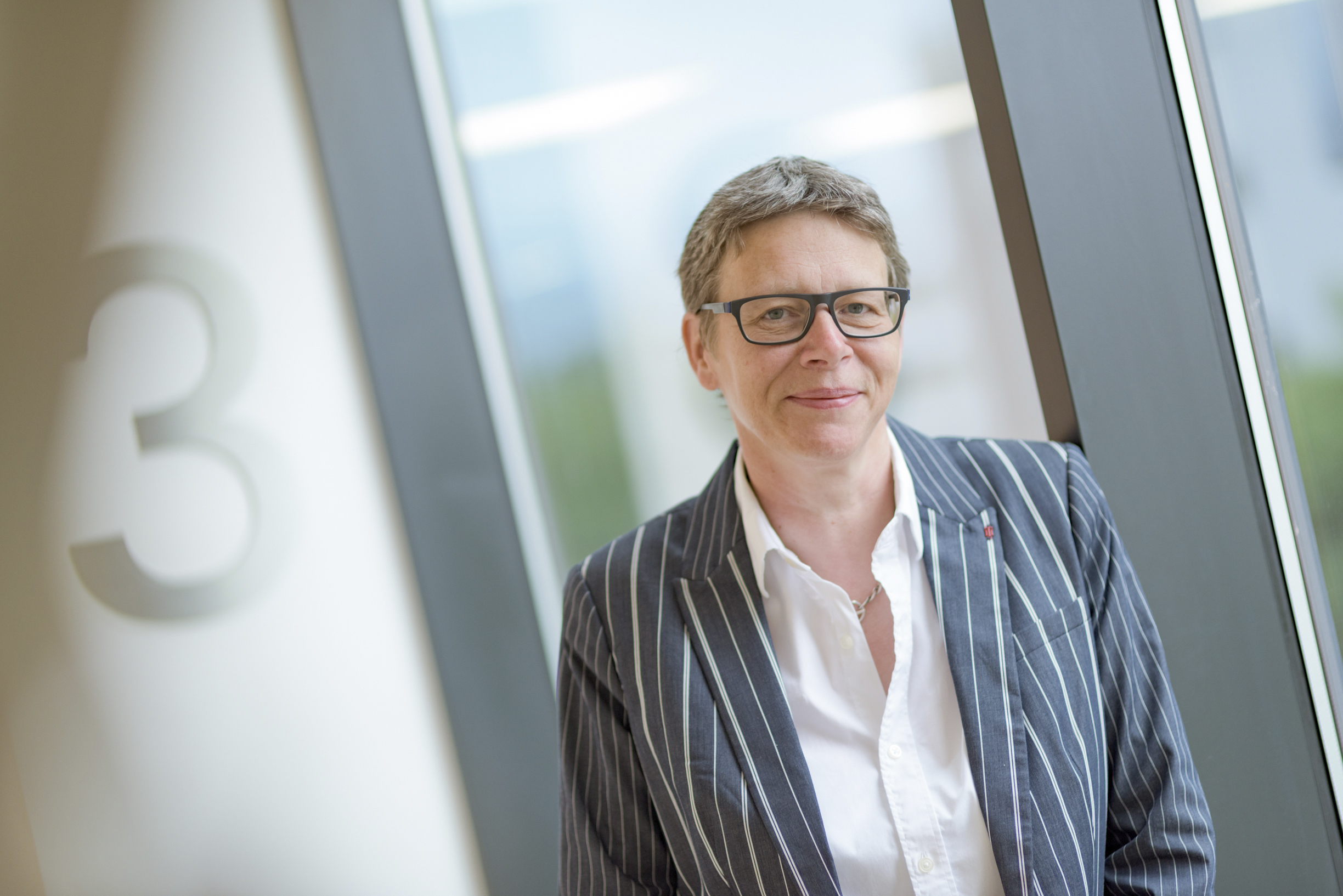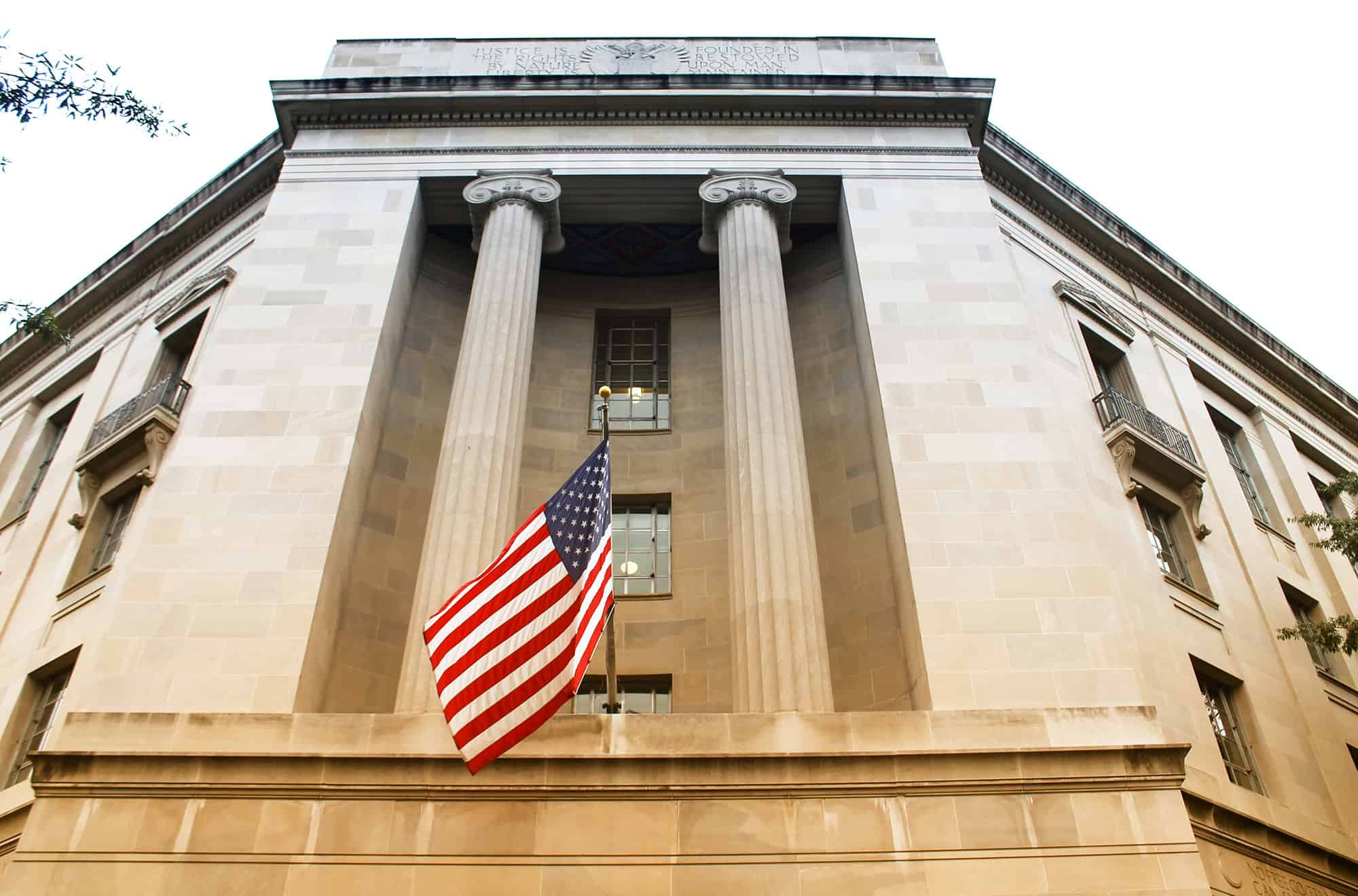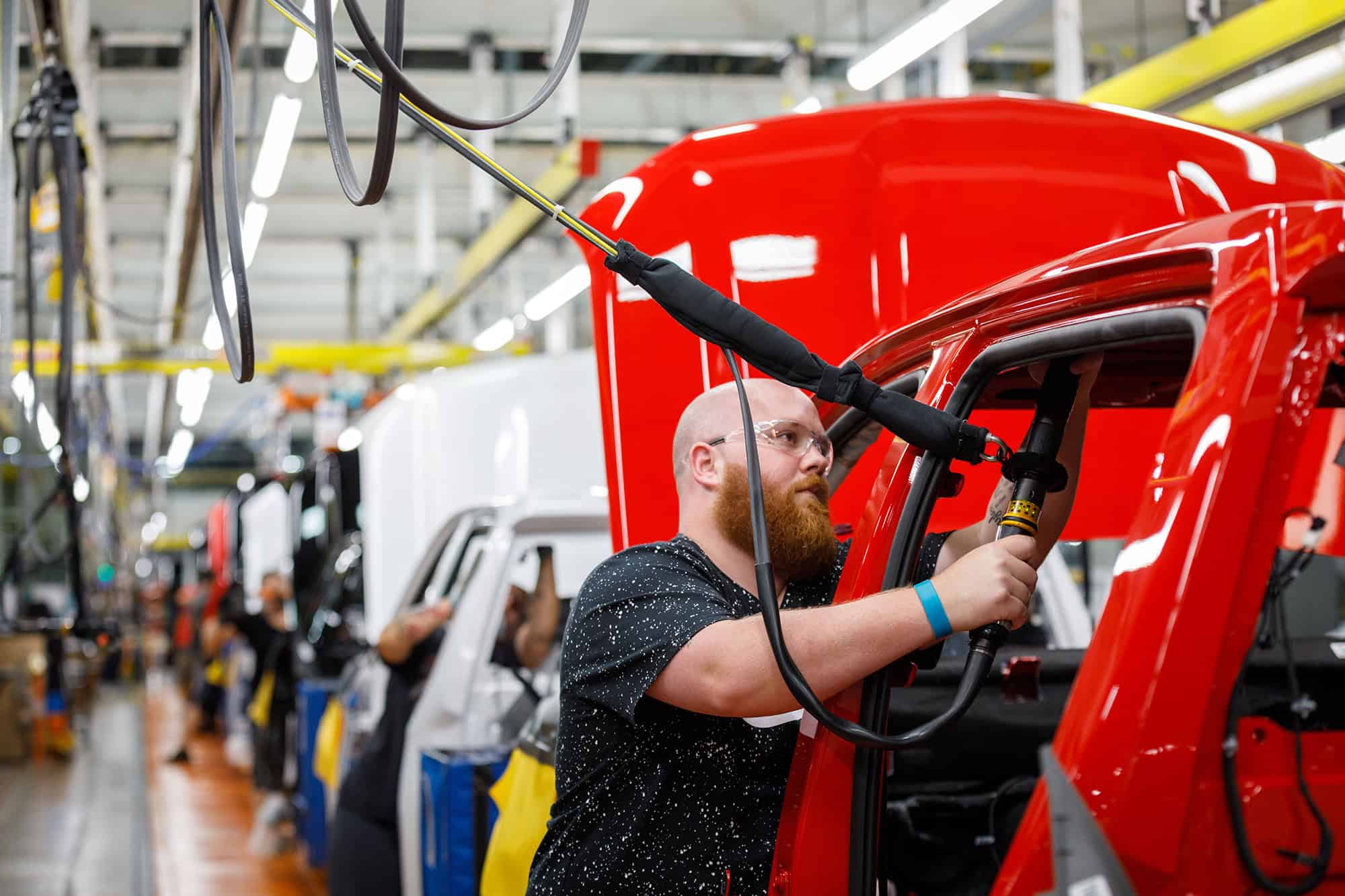Sustainable Finance Awards 2025: North America

North America did passably well in sustainable finance in 2024, but it didn’t feel that way—not at the end of the year, anyway.
Sustainable bond issuance volume totaled $124 billion in North America for 2024, 1% higher than the previous year, according to Moody’s Ratings. The US accounted for roughly 80% of issuance in the region.
However, in January 2025, the new administration of President Donald Trump pulled the US out of the Paris Agreement, which aims to reduce global greenhouse gas emissions and adapt to the adverse impacts of climate change.
Six prominent US banks, Citigroup, Goldman Sachs, Wells Fargo, Bank of America, JPMorgan Chase, and Morgan Stanley, exited the UN-convened Net-Zero Banking Alliance between Trump’s election and his inauguration.
“The backlash against ESG in some parts of the United States may have been one of the reasons behind the retreat of some North American financial institutions from net-zero alliances,” says Gregor Vulturius, lead scientist and senior adviser on climate and sustainable finance at Sweden’s SEB.
Moody’s Ratings expects sustainable bond issuance in North America to be “muted amid a retrenchment of climate policies” in the US over the next 12 months, given the new administration’s climate agenda—but issuance shouldn’t collapse. Corporate initiatives and state-level efforts could counteract diminished federal investment in clean energy in the US, according to the bond-ratings agency.
Bank Of America
Best Bank for Sustainable Finance
Best Impact Investing Solution
Bank of America (BofA) has supported sustainable finance in North America for most of the decade, and 2024 was no different. The giant US bank’s projects ranged from leading arranger and lender to a Linden, New Jersey, facility for converting organic wastes to natural gas; to financing for SunZia Transmission and SunZia Wind, which together constitute the largest clean-energy infrastructure project in US history, located in New Mexico and Arizona.
Along the way, BofA also made a $205 million impact investment to help jump-start the new marketplace for carbon capture tax credits in the US. While the credit was created originally in 2008, it was then expanded and extended by the 2022 US Inflation Reduction Act (IRA). The deal was with Harvestone Low Carbon Partners, which produces ethanol. That process generates carbon dioxide, which is then sequestered in an on-site injection well at Harvestone’s subsidiary Blue Flint’s North Dakota plant.
Harvestone’s carbon capture platform makes it eligible to sell carbon capture tax credits under the IRA, and in September 2024 BofA purchased $205 million of these. This was one of the most significant investments in carbon capture and the first deal of its kind since the passage of the IRA.
SMBC
Sustainable Finance Deal of the Year
Dow Chemical Company issued its inaugural green bonds to a total of $1.25 billion in February 2024 to fund its Path2Zero project in Fort Saskatchewan, Alberta, among other projects. Path2Zero is the start of what Dow hopes will become the world’s first net-zero Scope 1 and 2 emissions integrated ethylene “cracker” and derivates complex. Cracking is the process whereby complex organic molecules are broken down into simpler molecules such as light hydrocarbons.
It was also meant to show that a project with decarbonization and circularity goals can attract interest from a diverse investor base looking to support industrial transformations through sustainability investment. It is seen as a big step forward for the hard-to-abate chemicals sector.
Sumitomo Mitsui Banking Corporation (SMBC) was deeply engaged in developing and publishing Dow’s inaugural green finance framework in January 2024. The framework outlines Dow’s projects related to climate protection, the circular economy, and safer materials, including Path2Zero.
According to the London Stock Exchange Group (LSEG), SMBC was one of North America’s top lenders of sustainable loans in 2024. For example, SMBC structured and executed a green loan for Twelve, a startup company that develops sustainable aviation fuel. The funds will be used to design, develop, and construct a green fuel production facility in Moses Lake, Washington.
Scotiabank
Best Bank for Sustainable Infrastructure/Project Finance
Best Bank for Sustainable Financing in Emerging Markets
Best Bank for Social Bonds
Best Bank for Sustainable Bonds
Best Bank for Sustainability Transparency
Best Bank for Transition/Sustainability-Linked Loans
In March 2024, Canadian nuclear power operator Bruce Power issued a 600 million Canadian dollar (about $420 million) green bond. Scotiabank was joint bookrunner to the transaction, which was the bank’s first issuance under its updated Green Financing Framework—where nuclear energy is now a category for use of proceeds to aid in the decarbonization of the power sector.
In 2021, Bruce Power was the world’s first nuclear power operator to issue a green bond. Since then, it has issued 1.7 billion Canadian dollars in green bonds through three offerings.
While based in Canada, Scotia operates globally, including emerging markets. In Latin America, the bank is a leading bookrunner, with more than a 15% market share in sustainable bonds, according to Bloomberg. It often supports innovative projects. For example, in November 2024, Scotia was the joint bookrunner for Mexico’s first blue bond, to support sustainable fishing and aquaculture.
Elsewhere, Scotia has excelled in sustainability bonds, which have green and social features. In 2024, it issued 24 sustainability bonds with a volume of $28.2 billion, accounting for 7.5% of Scotia’s overall bond volume.
According to LSEG data, Scotia is also a top 15 (global) bookrunner in sustainable loans. In 2024, it was a co-sustainability structuring agent for Lundin Mining’s inaugural $2.55 billion sustainability-linked loan, with an interest rate tied to the mining company’s performance in environmental stewardship and local community engagement.
CIBC
Best Bank for Green Bonds
Best Bank for Sustaining Communities
CIBC advised the Government of Canada on its updated Green Bond Framework, which now includes nuclear power as an eligible use of proceeds. This was in effect for Canada’s second green bond issuance, for 4 billion Canadian dollars in February 2024, reopened for a follow-up 2 billion Canadian dollars in October.
The bank was also the joint bookrunner on several corporate and sovereign green and sustainable issuances within Canada in 2024, including the Province of Ontario’s 1.5 billion Canadian dollar green bond in March, and Ontario Power Generation’s $1 billion Canadian dollar green medium-term notes in June.
The bank is mindful about the communities it serves. In 2024, CIBC developed partnerships with six First Nations across Canada with total authorized lending of 34.5 million Canadian dollars for housing loans. CIBC Capital Markets also acted as joint bookrunner, co-lead arranger, and co-social coordinator in Exchange Income Corporation’s 200 million Canadian dollar social loan to finance aircraft purchase for medevac operations across British Columbia, including services for remote, rural, and Indigenous communities. Supporting communities extends to the US as well. In 2024, CIBC financed projects totaling $123 million, resulting in 500 units of affordable housing in low- and moderate-income communities across the US.
| Regional Winners: North America | |
|---|---|
| Best Bank for Sustainable Finance | Bank of America |
| Sustainable Finance Deal of the Year | SMBC (Dow Chemical Company’s inaugural green bond issuance) |
| Best Impact Investing Solution | Bank of America |
| Best Bank for Sustainable I nfrastructure/Project Finance |
Scotiabank |
| Best Bank for Sustainable Financing in Emerging Markets |
Scotiabank |
| Best Bank for Green Bonds | CIBC |
| Best Bank for Social Bonds | Scotiabank |
| Best Bank for Sustainable Bonds | Scotiabank |
| Best Bank for Sustaining Communities | CIBC |
| Best Bank for ESG-Related Loans | SMBC |
| Best Bank for Sustainability Transparency | Scotiabank |
| Best Bank for Transition/Sustainability-Linked Loans |
Scotiabank |
